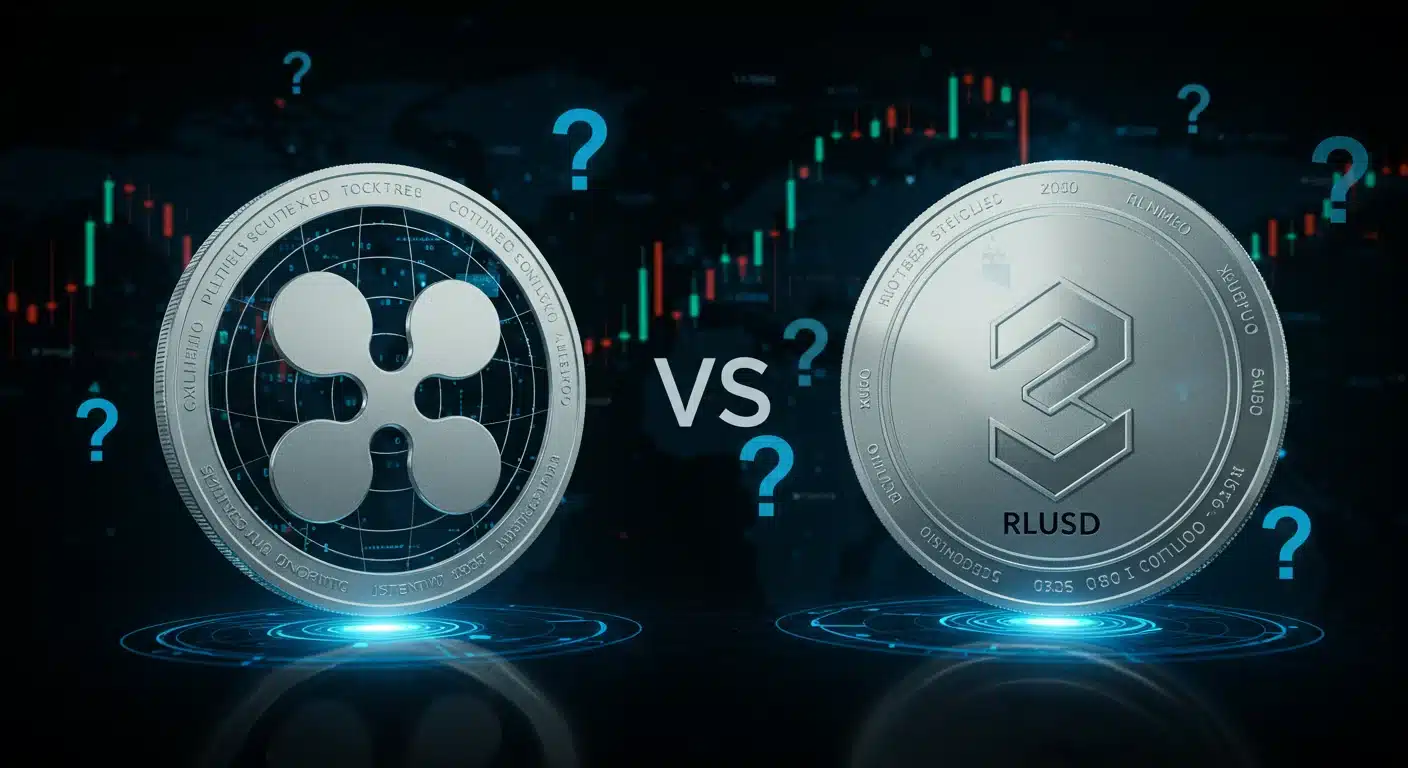As Ripple gears up to launch its new stablecoin RLUSD, concerns over the fate of its long-standing digital asset XRP are once again circulating through the crypto community. Some analysts argue that the upcoming stablecoin could overshadow XRP, raising questions about its long-term relevance. However, deeper analysis suggests the relationship between the two may be far more strategic than competitive.
RLUSD Sparks Fresh Uncertainty — But Is It Justified?
RLUSD, Ripple’s planned USD-backed stablecoin, has yet to hit the market, but its mere announcement has stirred widespread speculation. Critics claim the launch could signal the beginning of the end for XRP, citing the asset’s prolonged consolidation in the $0.50 range and underwhelming price movement in recent months.
However, many industry observers caution against such definitive conclusions. In an interview cited by Dey There, a leading market analyst pushed back against the claims, stating:
“Saying RLUSD will replace XRP is misleading. Ripple’s stablecoin project is part of a broader ecosystem strategy — not a replacement plan.”
This perspective reflects a more nuanced understanding of the evolving crypto landscape. Stablecoins serve entirely different roles in blockchain ecosystems, especially for institutions seeking price stability. RLUSD may be a tool to expand Ripple’s reach, not undermine its core asset.
Market Psychology and Ripple’s Strategic Vision
According to blockchain data, XRP remains actively traded and integrated across multiple use cases, especially within Ripple’s On-Demand Liquidity (ODL) corridors. While RLUSD may find its utility in different financial applications — such as settlements or remittances — its existence doesn’t invalidate XRP’s original function as a bridge currency.
Experts quoted by Dey There suggest that short-term price reactions should not be mistaken for long-term trends.
Just as other major projects have diversified their token ecosystems with multiple assets, Ripple may be adopting a similar playbook to increase flexibility and adoption.
Furthermore, analysts point out that product launches often coincide with emotional speculation rather than fundamental shifts. The crypto market’s volatility and fragmented information flow contribute to premature conclusions and panic — a classic case of FUD (fear, uncertainty, and doubt).
Looking Ahead: Complementary Assets, Not Competitors?
Despite rumors, no concrete evidence currently supports the notion that RLUSD’s arrival will push XRP into irrelevance. On the contrary, it could strengthen Ripple’s platform by giving users new options for settlement, especially in markets where volatility must be minimized.
In this context, XRP’s future may depend more on macroeconomic conditions, regulatory clarity, and broader adoption trends than on the launch of a single stablecoin.
The debate reflects the crypto market’s sensitivity to change — and the importance of informed, measured analysis. As always, investors are encouraged to monitor official company announcements and rely on credible sources when evaluating asset trajectories.
Key Takeaways:
- Ripple is preparing to launch RLUSD, a new USD-backed stablecoin
- Some speculate this move could reduce XRP’s importance, though no clear evidence supports this
- Experts argue RLUSD is a strategic addition, not a threat to XRP
- XRP remains integral to Ripple’s ODL operations and long-term ecosystem plans
- Market sentiment is divided, but facts suggest the two assets can coexist
Sources:
- Ripple official announcement on RLUSD (June 2025)
- Market analysis from CryptoQuant and Santiment
- Analyst commentary via Dey There
- Blockchain utility reports, 2024–2025



















































































































